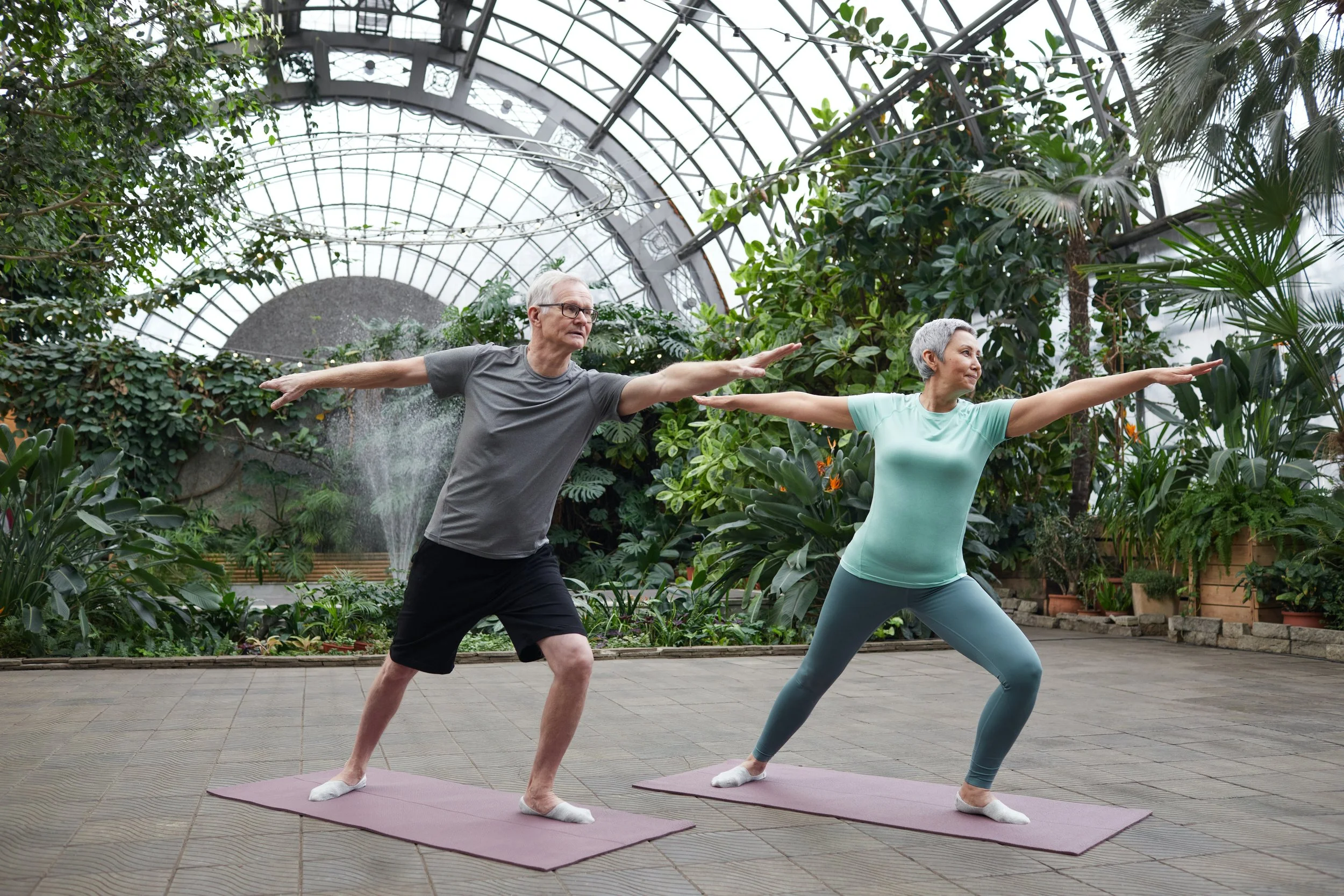The Role of Physical Therapy in Enhancing Resident Mobility
Introduction:
Mobility is a fundamental aspect of human existence. As people age, maintaining and improving mobility often becomes a challenge. For residents in care homes or similar settings, compromised mobility can significantly impact their quality of life. This is where physical therapy (PT) steps in as an essential intervention. PT focuses on helping residents move better, reduce pain, and regain strength. Let's delve into how physical therapy plays a pivotal role in enhancing resident mobility.
Restoration of Functional Movement:
Tailored Programs: Every individual is unique, and so are their mobility challenges. Physical therapists evaluate each resident's specific needs and develop tailored programs, targeting specific muscle groups and movement patterns that need attention.
Improving Balance: One of the major concerns with aging is the loss of balance, which can lead to falls. PT incorporates balance exercises to help seniors feel steadier on their feet and reduce fall risks.
Pain Management without Medication:
Holistic Approach: While pain medications can offer relief, they often come with side effects. PT provides an alternative, focusing on exercises that alleviate pain and improve function without relying on drugs.
Chronic Conditions: For residents suffering from chronic conditions like arthritis or osteoporosis, physical therapy offers strategies and exercises to manage pain and improve movement.
Post-surgical Recovery:
Guided Rehabilitation: After surgeries, especially orthopedic ones, movement might be restricted. Physical therapists guide residents through rehabilitation exercises, ensuring they regain strength and mobility at a safe, effective pace.
Avoiding Complications: Post-operative complications, such as stiffness or blood clots, can be prevented or reduced with proper movement and exercises, which PT facilitates.
Enhancing Independence:
Daily Activities: Simple tasks like getting out of bed, walking to the restroom, or even lifting objects can become daunting with reduced mobility. Through PT, residents can regain the strength and confidence to perform these tasks independently.
Psychological Boost: Independence in movement often leads to a boost in self-esteem and mental well-being. Knowing they can move without pain or assistance can immensely benefit a resident's psychological health.
Tailored Equipment Recommendations:
Assistive Devices: Physical therapists are adept at recommending assistive devices like walkers, canes, or orthotics. These tools can aid in better mobility and ensure residents use them safely and effectively.
Adaptable Environments: Beyond devices, therapists can also suggest changes in living environments to make them more accessible. This could be in the form of grab bars, non-slip flooring, or specific types of furniture.
Building a Collaborative Care Approach:
Interdisciplinary Teams: Physical therapists often collaborate with other health professionals, ensuring a resident's mobility needs are addressed holistically. This might involve working with occupational therapists, doctors, or nutritionists.
Family Involvement: Families play a significant role in a resident's care journey. Physical therapists educate family members on exercises, precautions, and ways to support their loved ones in maintaining enhanced mobility.
Conclusion:
Physical therapy isn't just about exercises and movement. It's a comprehensive approach to ensuring residents lead a life where they're not bound by mobility constraints. Through individualized plans, pain management strategies, post-surgical support, equipment recommendations, and a collaborative care approach, PT provides a pathway to a more independent and fulfilling life for residents.
The overarching aim of physical therapy is not just to move but to move with purpose, confidence, and joy. In the realm of elderly care, this means providing residents with the tools and support they need to navigate their world, fostering a sense of independence and enhancing overall quality of life.
References:
Physical therapy to improve functioning of older people in residential care facilities - https://pubmed.ncbi.nlm.nih.gov/7659743/
Physical Therapy and Its Role in Regaining Mobility - https://www.whhs.com/baht/vascular-health/physical-therapy-and-its-role-in-regaining-mobil/
Discover the Benefits of Physical Therapy for Senior Rehabilitation - https://candlewoodvalley.com/discover-the-benefits-of-physical-therapy-for-senior-rehabilitation/
The Importance of Physical Therapy for Seniors - https://www.asccare.com/physical-therapy-for-seniors/
Physiotherapy in nursing homes. A qualitative study of physiotherapists’ views and experiences - https://bmcgeriatr.biomedcentral.com/articles/10.1186/s12877-021-02080-6
Mobility In Physical Therapy - https://www.ipl.org/essay/Mobility-In-Physical-Therapy-F3V3CEQBUXFV
The Four Stages of Physical Therapy at a Skilled Nursing Community - https://libertyhealthcareandrehab.com/the-four-stages-of-physical-therapy-at-a-skilled-nursing-community/
Functional Status Preservation and Rehabilitation - https://www.ahrq.gov/research/findings/nhqrdr/chartbooks/healthyliving/functional-status.html






